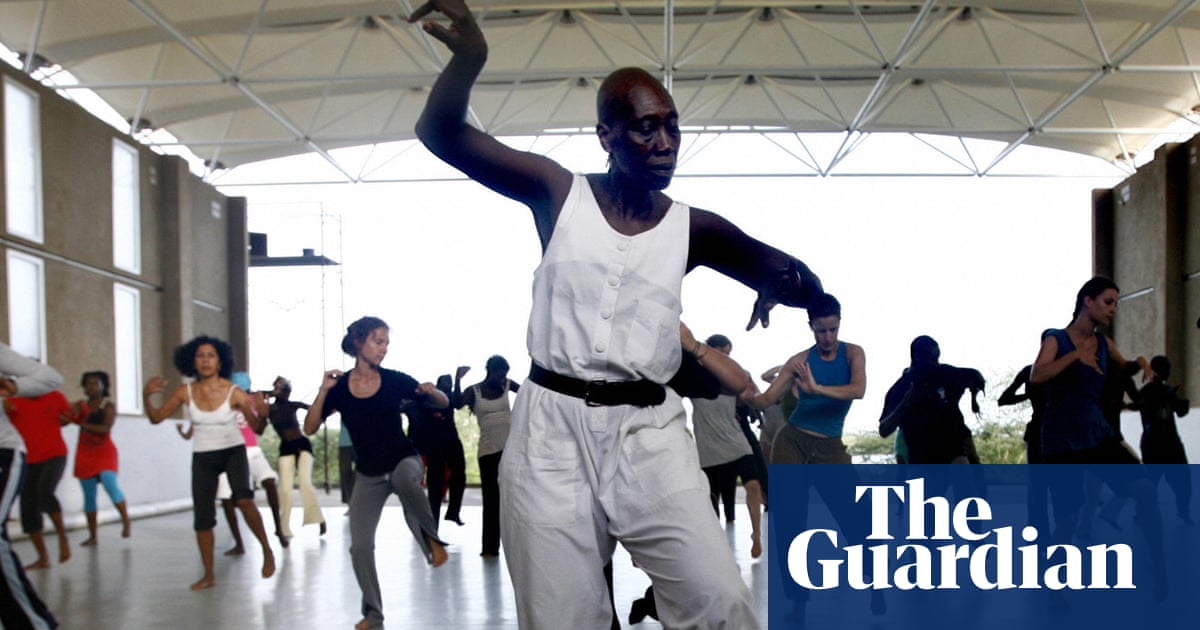
oretta Pettway Bennett remembers well the moment everything changed for her tight-knit, rural community. The 20th century was drawing to a close. She was in her late 30s, living with her husband and sons on the site of an old cotton plantation on a deep bend in the Alabama River. Any spare time she could muster was spent stitching quilts alongside her grandmother, mother and aunt, to pile on beds or hang on walls to stop the damp river air from snaking in between the logs of their cabin walls.
Then, in 1997, along came a collector who started to snap up the quilts for crazy money, and talked them up as works of art worthy of being shown in museums. “It seemed like a good idea, but at the time we didn’t believe it. Who would want to see these raggedy old quilts?” says Pettway Bennett. Up until then, the quilts might sell for a few dollars apiece, a handy enough boost to the economy of the 200-strong hamlet, which had been identified decades earlier as part of the poorest region in the US. Renamed Boykin in the 1940s, it was still known locally by its slave-era name of Gee’s Bend.
The collector was Bill Arnett, a white free-wheeling enthusiast who had made a specialism of what he called “black vernacular art”. Five years later he proved his point. An exhibition was mounted at Houston’s Museum of Fine Arts, which one of the curators involved in researching and staging it predicted was “going to change art history”. The 2002 show would go on to New York and to 11 other cities across the US, presenting connoisseurs with startling evidence that women cut off from international art movements were creating work that, as the New York Times noted, was the equal of anything by Klee or Matisse.
Pettway Bennett was among the quilters who were driven in buses to the launch of the exhibition, where they were treated like royalty and entertained the cosmopolitan arts crowd with “songs of sorrow” from their devout, plantation culture. A documentary made at the time captures the two-way excitement of the occasion – quilters who had never before set foot in a gallery marvelling at their own handiwork on the walls, and viewers moved to tears by its artistry and its cultural importance. “That the art is so full of love and patriotism and hope is very moving,” said Jane Fonda, who is one of their longest-standing champions, and whose daughter, Vanessa Vadim, was briefly married to Arnett’s son, Matt. “The rest of us can get cynical and angry but these people, of all people, should be and are not.”
Love and hope are all very fine, but Pettway Bennett – like all the quilters – was also a pragmatist. On her return from Houston she set to work, collecting up every scrap of denim she could find from clothes her husband and sons had abandoned or grown out of, to capitalise on this sudden success. The resulting quilt – a crazy-paving of patch pockets and scuffed knees finished in 2003 – now hangs in the Alison Jacques Gallery in London in what is believed to be the first European exhibition dedicated to the Gee’s Bend quilters’ work.
The 13 quilts in the exhibition span 90 years in the life of six families, many of them named Pettway after the 19th-century landowner who had transported their forefathers to Gee’s Bend to work on his cotton plantation. The oldest was made by Annie E Pettway in 1930, when the price of cotton slumped, reducing the community to such penury that they had to be fed by the Red Cross. Its sombre colours – typical of the period – make a vivid contrast to the geometrical exuberance of one made by Annie’s daughter, Rita Mae, in 2019. Both are constructed in a “block style” that is one of the design standards on which expert quilters improvised.
Pettway Bennett started learning how to sew quilts at the age of five or six. “As a little child we had the job of threading needles, and they’d let us practise on some real small pieces just to keep our hands busy,” she says. She completed her own first solo effort one summer when she was around 13, “but it was all lopsided and my mom finished it.” It was given to one of her brothers who has no memory of it. He probably used it to work on a car, which was the fate of many quilts that got old and raggedy, she says.
Arnett was driven in his pursuit of African American art by a conviction that there must be a visual equivalent to jazz and blues. When he first arrived at Gee’s Bend, he would find fabulous improvisations stashed beneath mattresses. Legend has it that one quilter had burned her whole collection just a week before he showed up.
Introducing the catalogue for the landmark show, art historian Alvia Wardlaw – now director of Texas Southern University Museum – captured the emotion of the occasion. The quilts, she wrote, were created “between picking cotton, braiding hair, soothing the furrowed brow of an overworked husband … [Each] is a statement of bold independence, almost defiant in a sense, because in the midst of such near tragic epic sagas of poverty and misery, [its maker] has had the audacity to create something bright and beautiful that has never been seen before and will never be seen quite that way again, and it is all hers, it came out of her own head from beneath a bandana in the blazing sun.”
Eighteen years later, on the other side of the world, the quilts still pack an emotional punch, each one carrying stories that are both unique to them and reflective of a wider history. The fabric on several is worn away to reveal lint linings made from fibres scrounged from the gin-houses where raw cotton was combed free of seeds. Those from the 1970s were often made from corduroy offcuts – like Qunnie’s “Housetop” – after a cooperative set up to provide paying work for the women won a contract from the retailer Sears to produce corduroy pillows.
Many also carry stains that hark back to previous lives as part of family homes; one has a small blue inkblot that might have been left by a child doing homework in bed. “Normally this sort of mark would be removed as part of the conservation process, but they are part of the autobiography of these quilts,” says gallery director Hannah Robinson, who is hoping that major European museums will take an interest in the quilts. A private collector has already bought one for the Los Angeles Museum of Contemporary Art, and the Tate is considering a further two.
The relationship of the quilters with the international art market has, perhaps inevitably, had its hiccups. Arnett, who died this summer, has several times been accused of exploiting them. A suit for fraud brought against him by the families of two Gee’s Bend quilters was dismissed in 2007. It is a charge that Pettway Bennett strongly disputes today. “I do believe that the intentions were good, but I don’t think the children of the quilters understood what he did for us,” she says. The London exhibition is a collaboration with the Souls Grown Deep Foundation, which Arnett set up to safeguard his collection. Its website celebrates the lives of more than 120 Gee’s Bend quilters whose work Arnett bought over the years.
It is lunchtime on Thanksgiving holiday when I phone Pettway Bennett, and she hurries off to turn the heat down on the food that she is busy cooking for the three young men in her family. It’s not turkey: no, no, no, she says. They are Jehovah’s Witnesses, so have no truck with national celebrations. She was widowed a couple of years ago, and has recently moved to a smaller house, so has not been quilting for a while, but she hopes to get back to it once she is properly settled in. There aren’t many quilters among the younger generations, she says – at 60, she is the youngest in the show. They all still have quilts on their beds, “but our houses are better insulated now, so the quilts are just for decoration”.








